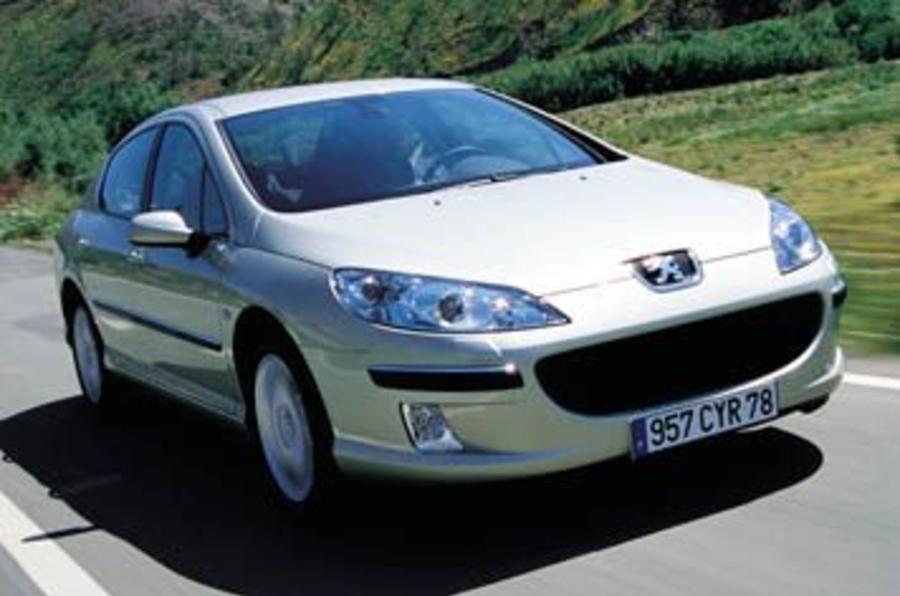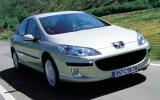Any first impression of Peugeot’s all-new 407 depends entirely upon your angle of approach. Rarely has an automotive split personality been so clearly defined by the styling.
See the new saloon from behind and it comes across as a sensible, logical, elegant development of the near-decade-old 406, overtly combined with the 307 in the shape of the side windows. In other words: predictable.
Move to the front and, chances are, you’ll be shocked. A gaping lion’s roar grille sits below long eyes that wrap around the upper front corners. An oversized Peugeot lion emblem, set in a small grille like Seat’s S, connects the bonnet with the nose.
This, easily the most aggressive development of Peugeot’s feline face, is Peugeot’s new identity. The French call it sporty and dynamic, and it’s a deliberately radical departure from the Germanic look of the rival Passat, and its Mondeo and Vectra imitators.
In profile, too, the 407 adopts a dual personality. The elongated front overhang – it stretches to over one metre – is justified because it incorporates pedestrian crash protection and two transverse structural members that help crash compatibility with smaller cars. Such honourable considerations don’t account for the steeply raked, almost flat windscreen, its base now so far forward it virtually sits between the front wheels.
The implications are obvious only from inside the cabin, where the relationship between driving position, windscreen and A-pillars is near MPV-like. You sit lower, of course, but so far back the thick pillars create a real blind spot.
Pushing the driver rearwards also impacts on rear seat room and boot space. Rear head- and knee-room is disappointing, and the 407’s 407-litre boot is not only smaller than the 406’s, but also the smallest in the class, where the 500-litre Mondeo boot rules.
On the new 407, apparently, distinctive styling takes precedence over practicality. That’s a radical departure from a company whose 403, 404, 405 and 406 placed so much emphasis on accommodation. Peugeot claims customers now want status and character rather than MPV-style space; we shall see in the coming months.
Peugeot’s ambitions for the 407 are realistically in line with a class that has fallen from 27 per cent of the market, at the launch of the 405 in 1989, to just 17 per cent in 2003. In the first year, Peugeot hopes to sell 27,000 407s – including the SW estate that joins the range in September – compared with the 406’s best of near 50,000 a year.
After the styling, Peugeot’s key objective was driver appeal. It’s a measure of the attraction of contemporary turbodiesels that we’re driving the 134bhp HDi, the only new engine in a range that includes four petrols – £14,750 entry level 1.8-litre, 2.0- and 2.2-litre fours, and 3.0-litre V6 – plus 1.6-litre diesel and 2.0-litre TDi. The 2.7-litre V6 TDi, first seen in the S-type Jag, will follow later.
Depending upon the engine, five- and six-speed manuals are standard. Four-cylinder models continue to offer automatics with only four speeds, though the V6 gets a six-speed auto.
Developed by PSA, as part of its diesel joint venture with Ford, the 2.0-litre common-rail unit first appeared in the Focus C-Max. In the 407 it develops the same 134bhp at 4000rpm and 236lb ft at 2000rpm, despite the addition of a particulate filter to ensure it meets Euro4 emissions. Between 1500-3200rpm, under full load, an ‘overboost’ facility lifts peak torque to 251lb ft. Helpful when the 407, at 1505kg for the test diesel, is the heaviest car in the class.



















Add your comment